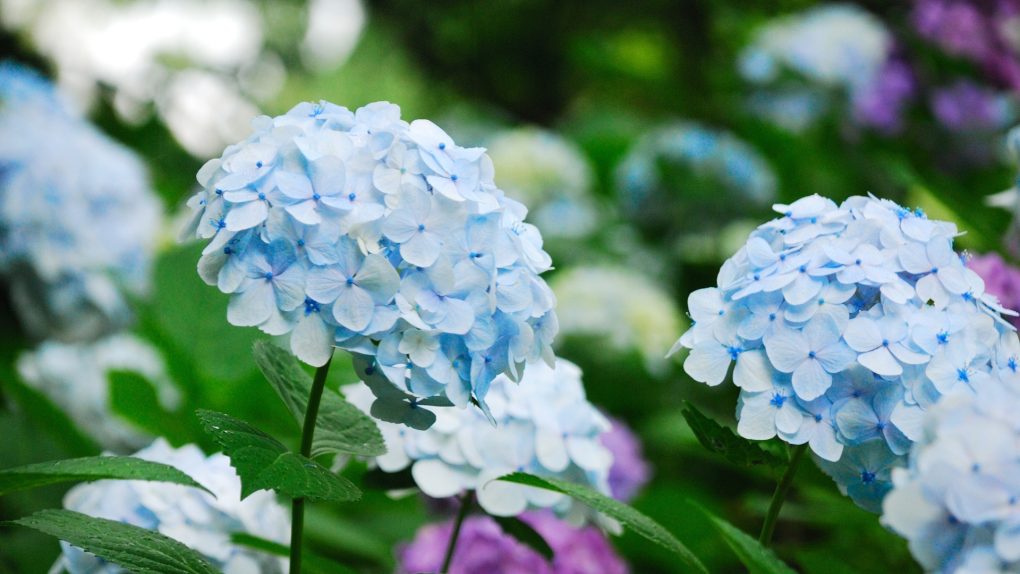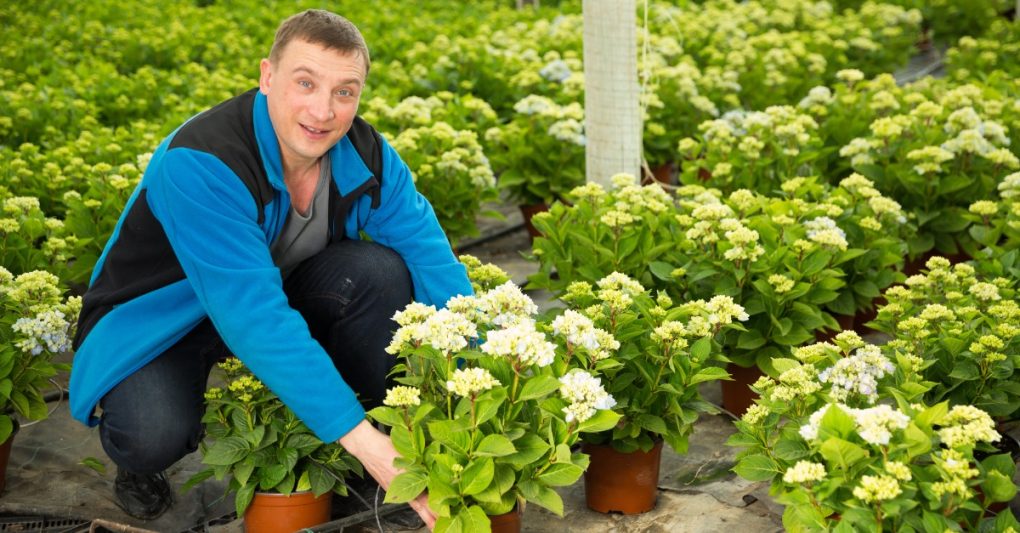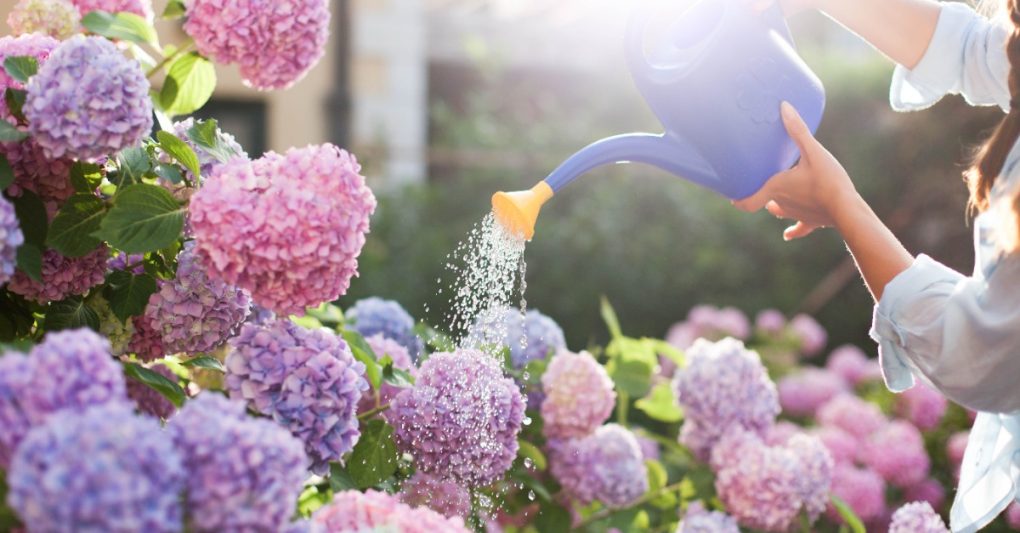Do Hydrangeas Bloom All Summer? Expert Insights
Hydrangeas are a popular choice for gardeners due to their beautiful blooms that can last for months. However, many wonder if hydrangeas bloom all summer or if their blooming period is limited to a few weeks. The answer to this question depends on factors such as the type of hydrangea, growing conditions, and pruning practices.

Some hydrangeas bloom continuously throughout the summer, while others have a shorter blooming period. For example, the Endless Summer hydrangea is known for its ability to bloom from early summer to fall. In contrast, the Annabelle hydrangea typically blooms in early summer and stops producing flowers by mid-summer. Therefore, it’s important to know the blooming period of your hydrangea to ensure that you can enjoy its flowers for as long as possible.
In addition to the type of hydrangea, other factors that can affect blooming include the amount of sunlight, water, and nutrients the plant receives. Proper care and maintenance can help hydrangeas bloom all summer long. Deadheading, or removing spent blooms, can also encourage the plant to produce more flowers. In addition, hydrangeas can provide beautiful blooms throughout the summer months with the right conditions and care.
Table of Contents
Factors Affecting Hydrangea Bloom Time
Hydrangeas are a popular ornamental plant known for their large, showy blooms. However, the timing of their blooms can vary depending on several factors. Understanding these factors can help you optimize your hydrangea’s bloom time and enjoy their beauty all summer.
Climate
Climate plays a significant role in hydrangea bloom time. Hydrangeas thrive in temperate climates with mild summers and winters. Extreme heat or cold can disrupt their blooming cycle, causing late blooming. Additionally, frost can damage the buds and prevent them from blooming. If you live in an area with harsh weather conditions, consider planting your hydrangeas in a protected area or providing extra care during extreme weather events.
Soil pH
The pH level of the soil can also affect hydrangea bloom time. Hydrangeas thrive in soil with a pH between 5.5 and 6.5. Soil that is too alkaline or acidic can prevent the plant from absorbing necessary nutrients, leading to poor bloom quality or no blooms. If your soil is not within the ideal pH range, consider adding soil amendments or fertilizers to adjust the pH level.

Light and Shade
Light and shade are crucial factors in hydrangea bloom time. Most hydrangeas prefer partial shade or filtered sunlight, with some varieties requiring more shade than others. Too much direct sunlight can cause the blooms to wilt and fade quickly, while too little sunlight prevents the plant from producing blooms. If your hydrangeas are not blooming, consider adjusting their location to provide them with the optimal amount of sunlight and shade.
Watering and Fertilizing
Proper watering and fertilizing can also affect hydrangea bloom time. Hydrangeas require consistent moisture levels to thrive, with some varieties requiring more water than others. Additionally, fertilizing your hydrangeas with a balanced fertilizer can help promote healthy growth and blooming. However, over-fertilizing can lead to excessive foliage growth at the expense of blooms. Therefore, following the recommended watering and fertilizing guidelines for your specific hydrangea variety is essential to ensure optimal bloom time.

Conclusion
The versatility of hydrangeas makes them a popular choice for gardeners, as they bloom all summer long. Many varieties of hydrangeas bloom all summer long, but some, such as Endless Summer and Let’s Dance, do. These varieties are known for their ability to produce blooms continuously throughout the summer months, resulting in a colorful display that lasts for several months.
There are a number of factors that determine whether a hydrangea will bloom for the entire summer, including its type, its variety, and its growing conditions. In order for your hydrangeas to bloom throughout the summer, you will need to take proper care and maintain them, including watering, fertilizing, and pruning.
